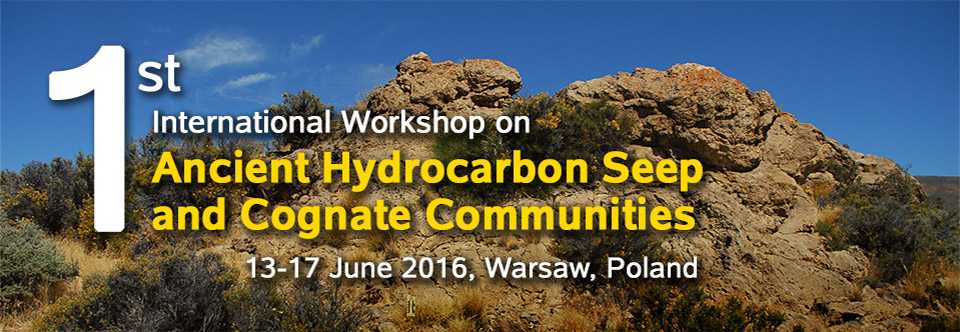
CRETACEOUS WOOD-FALLS AND THEIR DEGRADATION PROCESSES: EXAMPLES FROM YEZO GROUP IN HOKKAIDO, JAPAN
Yuma YAMAMOTO1 and Robert Gwyn JENKINS1
1Kanazawa University, Kanazawa, Japan.
Corresponding author: muumame0601@gmail.com
It is well known that the wood-falls support chemosynthesis-based ecosystems. Hydrogen sulfides, principal compounds for establishing the associated chemosynthesis-based ecosystems, are released during decomposition of wood-falls. In modern marine environments, wood boring bivalves enhance the decomposition of wood-falls mechanically and chemically through their shells and symbiotic bacteria, respectively. Wood-boring bivalves appeared in the Early Jurassic and diversified, including the appearance of “wood-eaters”, in the Cretaceous. The oldest chemosynthesis- based ecosystem of a wood-fall is known from late Cretaceous deposit in Hokkaido. However, degradation of the wood by boring bivalves in the Cretaceous ocean has not been fully documented. Thus, the current study aims to better understand the degradation processes affecting wood falls on Cretaceous seafloor. Out of 67 collected carbonate concretions from the upper Cretaceous Yezo Group outcropping in Nakagawa Town (Hokkaido, Japan) ca. 70% contain fossil wooden trunks. Detailed observations on surface, cross sections and thin sections of the carbonate concretions have been performed. Among the fossil wood, about 34% were bored by wood-boring bivalves. All of the bore holes lack calcareous linings, suggesting that the bore holes were made by xylophagain wood-boring bivalves, which are known as deep-sea wood borers. Within the bore holes, aggregations of framboidal pyrite, indicating activity of sulfate reducing bacteria, were frequently found, and pyrite accumulated within and around the fossil wood. There are also wood fragments and fecal pellets, sometimes containing wood fragments, that have accumulated around the woods These lines of evidence suggest that most of the wood-falls on the Cretaceous seafloor were heavily degraded by xylophagain wood-boring bivalves and sulfur-reducing bacteria.
